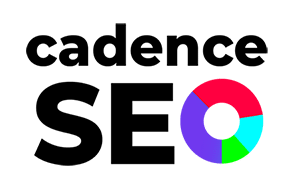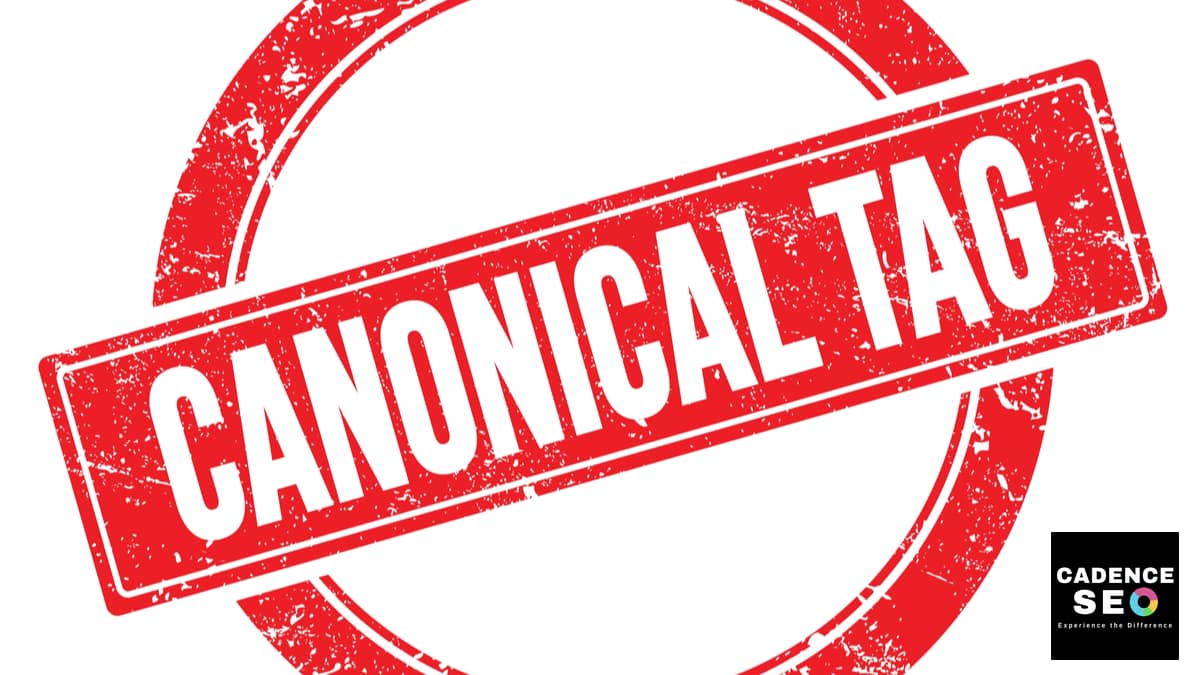Thanks to the canonical tag, duplicate URLs can become a worry of the past. Think about it, if you don’t tell Google which URL is canonical, the search engine will make the choice for you.
This way, you have control over the URL that users see in search results. Essentially, canonical URLs are the solution you have been waiting for to fix the dreaded duplicate content. As Google put it, “carpe diem on any duplicate content issues!”
While canonical tags were introduced in 2009, and they have become fundamental for SEO experts, their incorrect implementation can generate multiple issues. Still, there’s no need to worry, as this article will offer you insight into the proper implementation of canonical tags.
So, let’s jump right into it!
What Are Canonical Tags & Canonical URLs?
When you use canonical tags, you basically inform search engines that a certain URL is the master copy of a page. Canonical tags are also known as “rel canonical” and thanks to them, you can specify the canonical URL for a web page. This way, you are telling search engines which version of a web page you prefer to appear in search engines. That being said, canonical tags can be found in the section of a web page’s HTML code and look like this: https://www.cadenceseo.com/blog/demystify-seo-by-debunking-these-search-engine-optimization-myths/” /> Then, a canonical URL or link is the URL that is selected as the “master” URL for a number of duplicate pages. As Google described it, “a canonical URL is the URL of the page that Google thinks is most representative from a set of duplicate pages on your site.” That being said, while you can choose your preferred URL, Google may select a different page as the canonical version. You can use the URL Inspection Tool to discover which page Google considers canonical. Still, in general, if your specified URL is chosen correctly, that will also be the canonical URL. Despite canonical tags usually being the go-to method when it comes to indicating a canonical URL, there are other ways such as:- Specifying the canonical pages in a sitemap
- Using 301 redirect
- Setting a rel=canonical header in your page response
Why are Canonical Tags Important?
Whereas there is no official penalization for duplicate content, search engines crawling numerous pages with similar or identical URLs can be the cause of several SEO problems. Think about it, the more duplicate content search engines have to crawl through, the higher the chances are that they will miss some of your outstanding content. Besides, extensive duplication may hinder your chances of ranking higher in search engines. You may think that duplicates are no concern for you. After all, you’ve never published duplicate content, right? Well, matters are not as simple as that. With content management systems (CMS) creating multiple URLs when a page is launched, with some sites automatically adding tags or having multiple versions of a site that are indexable, it is possible to have multiple duplicate URLs on your website. The following URLs refer to the same content, but because the URLs are somewhat different, search engines perceive them as duplicates.- https://www.website.com/bluejeans/
- https://website.com/bluejeans/
- https://m.website.com/bluejeans/
- https://www.website.com/bluejeans
-
Manage Syndicated Content
You may syndicate your content on other domains for publications. However, to ensure that the original piece is the one ranking in search engines, you could use canonical URLs.
-
Facilitate Tracking Metrics for Singular Products or Topics
A variety of URLs makes it more complicated to get consolidated metrics for a certain piece of content. Nonetheless, implementing canonical URLs simplifies this.
-
Indicate The URL that Appears in Search Results
Keep things “clean” by specifying which URL version you want users to see as a search result.
Think about it, you may prefer visitors reaching your page via https://www.website.com/bluejeans/ rather than https://website.com/womenclothes/jeans?gclid=ABCD.What are Some Canonicalization Best Practices?
Duplicate content may hinder your SEO performance. Nonetheless, avoiding this isn’t that difficult due to canonical tags. That being said, implementing canonical URLs is actually pretty simple if you follow these best practices. So, keep reading!Use Absolute URLs
If you want Google to take your canonical tag into consideration, you need to be using absolute URLs. Unlike relative URLs, absolute ones include the full URL with all of these parts:- https://
- WWW
- The domain’s name
- The .com






